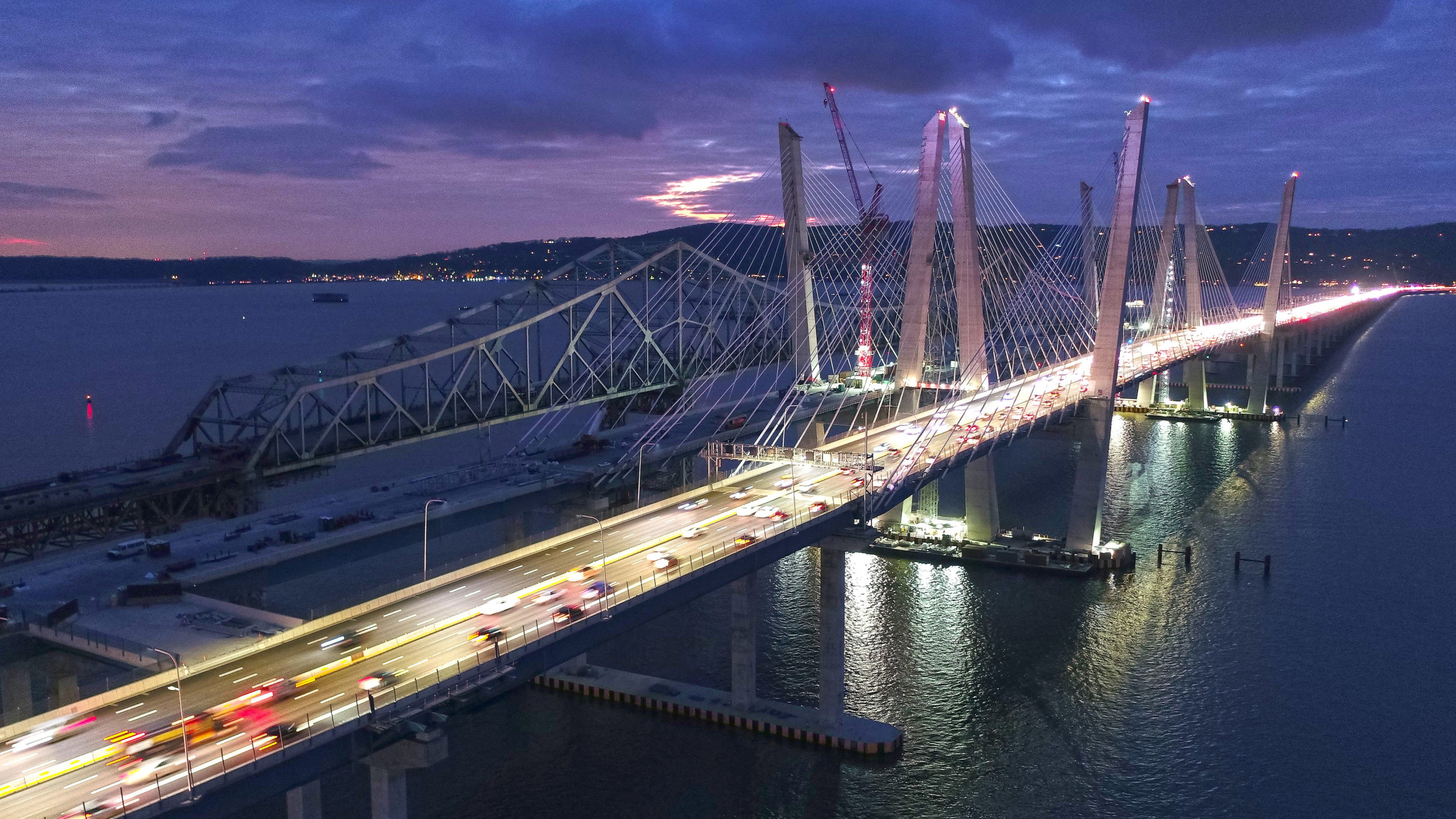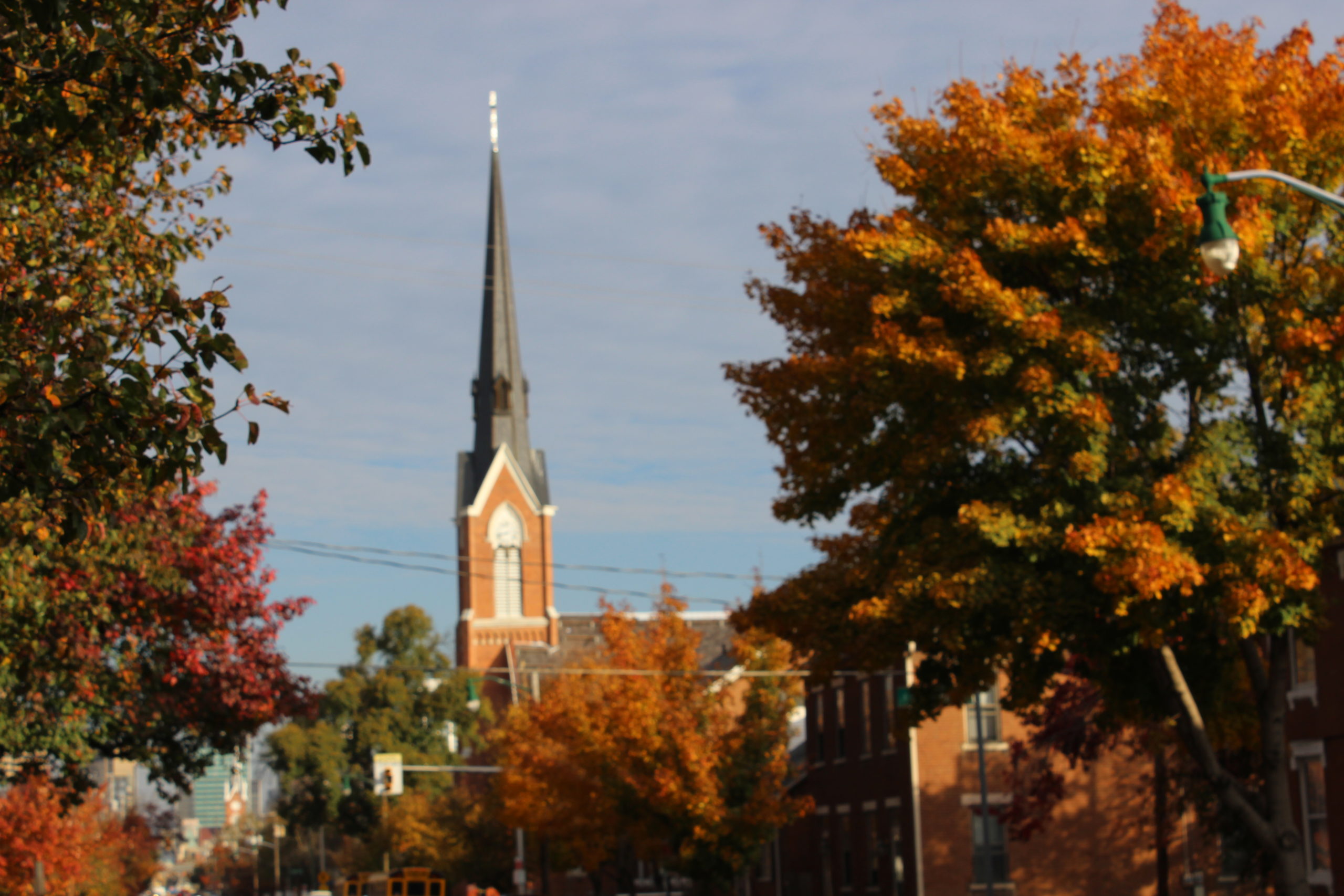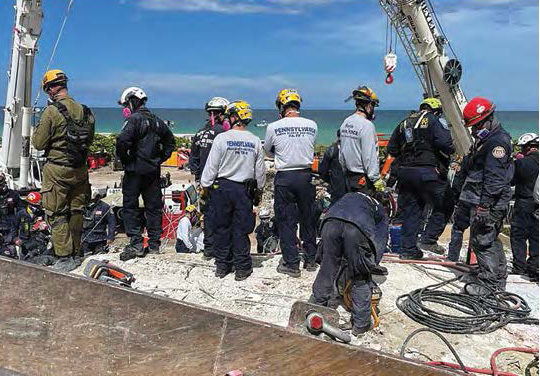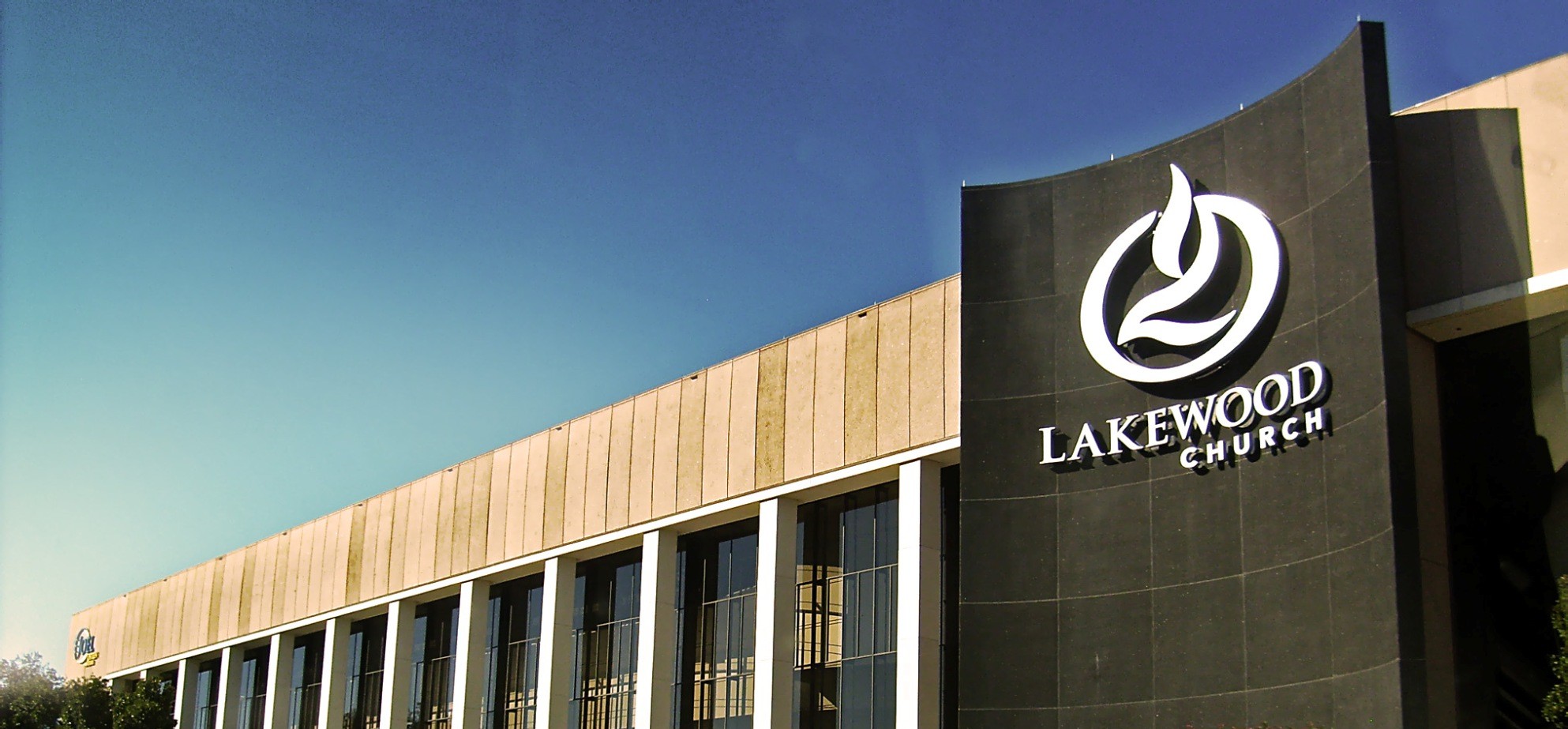
Four Billion Dollars & Two Bridges of Epic Proportions


Traffic crosses the Hudson River on the new bridge’s first span.
What costs four billion dollars and breaks construction records? One massive bridge project over the Hudson River does! The New York State Thruway Authority is replacing the Governor Malcolm Wilson Tappan Zee Bridge that crosses the river, connecting Westchester and Rockland counties. The new 3.1-mile state-of-the-art, twin-span structure, now called the Governor Mario M. Cuomo Bridge, will be one of the largest single design-build contract for a transportation project in the United States. Located less than 20 miles north of New York City, the span crosses one of the widest parts of the Hudson and is the largest bridge in New York State history.
The Tappan Zee Bridge opened to traffic back in 1955 and, until its retirement in 2017, was a vital artery for residents, commuters, travelers and commercial traffic. The bridge carried a whopping 140,000 vehicles per day in 2016, far more than it was ever designed to accommodate. Heavy traffic, narrow lanes and the lack of emergency shoulders were creating potentially unsafe driving conditions. As a result, the bridge had twice the average accident rate per mile as the rest of the 570-mile Thruway system. Hundreds of millions of dollars were spent to maintain the structure in recent years, and the cost of maintaining it for the foreseeable future rivaled the cost of a new bridge, with no improvements to current traffic conditions. The New York State Thruway Authority retired the bridge on October 6, 2017, after nearly 62 years of service.

Bevel cut grid deck panels sit in place awaiting removal.
The design-builder, Tappan Zee Constructors (TZC), hired CSDA member Atlantic Concrete Cutting Inc. (ACC) for one massive project and tasked them with completing a saw cutting job for demolition of the old bridge. This included deck sawing for removal of precast panels, saw cutting of the concrete and steel grid-deck, substructure wire sawing throughout the length of the bridge, miscellaneous core drilling of rigging holes and plunge cutting of the bridge sidewalks and dams.
Concrete cutting offered ideal solutions for this particular project for many reasons. Saw cutting of the precast panel grout joints and plunge cuts ensured an easier removal process for each crane pick. Ten-degree bevel cutting of the grid deck with 36-inch and 42-inch Diamond Products (DP) blades allowed TZC to remove large center portions of each under-deck truss span, reducing each span’s weight. This allowed for entire spans to be picked and removed using TZC’s shear leg crane.
Ten-degree bevel cutting in the under-deck truss portions of the bridge (approximately 1/3 of the 3.1-mile structure) allowed the pieces to be left wedged in place temporarily, which eliminated the need to strap or anchor the pieces. This also eliminated cutting in constant coordination with the rigging and removal operation, which would have otherwise been very time-consuming considering the length of the bridge. Wire sawing was used to downsize large substructure columns and pier caps, allowing them to be placed onto barges for removal. This reduced some of the environmental concerns associated with conventionally demolishing these larger concrete elements. Other methods of total conventional demolition were considered prior to the job, as well as implosion. However, these were quickly ruled out due to proximity to the new bridge, time constraints and the heavy marine traffic under the bridges.

Atlantic crews perform 10-degree cuts in the steel grid deck.
After the initial bid process, the design of the cutting operations went through several iterations, ultimately resulting in a final scope with the decision to saw the entirety of the longitudinal cuts in the grid deck at a 10-degree bevel. During the summer of 2017, ACC worked closely with DP to develop a custom slab saw that would work ideally for the tasks at hand. After the closing of the Tappan Zee Bridge on October 6, 2017, ACC mobilized to the site to begin deck sawing operations. The first item of work completed was the cutting of grout joints between precast deck panels that were installed in a previous rehab project. During the second week, bevel cutting of the steel grid deck commenced on the Westchester side of the bridge. Bevel cutting and transverse cutting to panelize the bevel-cut sections continued throughout autumn of 2017, finishing all but two remaining truss spans the week before Christmas. The remaining spans were completed six months later. DP blades of various sizes (including 26, 30, 36, 42 and 48 inch) were used throughout the length of the project. In November, shortly after recently cut deck panels had been removed, sub-structure wire sawing on the Rockland end of the bridge was commenced (also completed in December). In the week between Christmas and New Year, Atlantic began wire sawing large horizontal cuts in the hollow columns of the bridge’s larger piers using 150-200 foot wires. Four of these piers had to be sawcut and removed during winter months to facilitate commencement of the final construction of the new eastbound bridge, slated to begin in March 2018. Atlantic demobilized in late January 2018 and returned two months later to begin wire sawing the remainder of the hollow column cuts and complete bevel-cutting of the remaining two truss spans. Core drilling of the associated rigging holes are slated for completion in September 2018.
The job didn’t come without its fair share of challenges, some of which were global, and others more specific to individual tasks. Gaining access to the job site was a constant hurdle due to a variety of factors, including alignment with major highway I-87/287 and each end of the new eastbound span conflicting with the footprint of the old bridge. To allow new construction to continue in these conflicting areas, both ends of the old bridge were essentially lopped off early in the demolition process. All access for the remainder of the job was via marine methods only. Crews had to park on shore and take a boat to their work area. Wire sawing operations were conducted mostly from barges, while deck cutting operations were accessed via temporary stair towers. Similarly, the delivery of equipment and materials had to be coordinated between several parties and modes of transportation. For example; delivery of just four bridge deck blades for the slab sawing operations would require shipping to a marine yard, transfer of the blades onto a tug boat and/or barge, then delivered to a nearby crane and finally picked up by crane and placed on the deck. Additional training and procedures were put in place for the marine operations too. TZC engineers carefully designed a bevel-cut deck process to ensure that in addition to the deck panels not falling through after being cut free, the panels would sustain working loads to facilitate their removal.

The I Lift NY Super Crane is prepared for its second lift to remove a large section of the old bridge.
The constant change in weather conditions in the Hudson River Valley also presented challenges, especially with work continuing through the winter months. ACC (and TZC crews) had to wrestle with high winds, rough water conditions (including ice flows) and freezing water pumps and saw components.
With more than 43,000 linear feet, the longitudinal bevel cutting operation was the largest deck cutting portion of the job. TZC proposed a 10-degree option with the use of Diamond Products’ existing Rider Saw line, which has the capability of variable tilt of the blade shaft (up to 10 degrees).
While the DP Rider Saw line was designed to cut at 10 degrees, ACC needed a custom saw that could cut exactly 10 degrees while also sustaining repeated use for this application. The DP Rider Saw was capable of this, but wasn’t available with a Tier 4 engine as required by the project. The solution was to modify an existing Tier 4 saw.
DP and ACC developed an innovative modification to the DP CC7574 slab saw that allowed the entire saw to tilt 10 degrees. The design allowed the saws to essentially function normally while also cutting at the desired angle. This addressed most importantly the issue of blade geometry, as the blade is raised and lowered into the cut at this angle. Once the saws were designed, fabricated and on the bridge deck to start work, ACC had to also address the challenges of blade wear and failure. In addition, ACC had to come up with a shimming and wedging system to keep pieces from constantly pinching the blades. Though ACC had many challenges and hurdles, all bevel cutting operations were finished on time and under budget, achieving between 1,100 and 1,700 linear feet daily with two bevel saws running.
In total, the job included 46,000 linear feet of 10-degree bevel cut grid deck and four-inch thick concrete over 3.5-inch steel T-grid. Also, 13,000 linear feet of transverse grid deck cutting was performed. There were 400 plunges through steel, concrete sidewalk and bridge dams. Wire sawing of approximately 8,000 square feet of cuts in large hollow columns was completed with an additional several thousand square feet of wire sawing performed throughout the duration of the job.

A tugboat helps transport a steel truss section of the old bridge.
Reefs
Some of the grid deck panels from bevel cutting, as well as some concrete from the old bridge, is being used to create or expand artificial reefs off the coast of Long Island.
Multiple ACC crews worked per week to complete all scope items, working five 10-hour shifts on a regular basis, as well as many nights and weekends as required by TZC’s strict demolition schedule.
ACC’s scope was finished on time and within budget thanks to the hard work and ingenuity of the entire ACC staff. The DP engineering team’s innovative design for the bevel saw played a key role in the success of this project too. ACC’s talented field operators and dedication to quality helped them complete a high-profile project that is surely one for the books.
ACC Project Manager Wes Jones explained, “I grew up driving up to visit family in New England and it is hard to imagine that a structure that seemed to take forever to cross in a car is now substantially demolished in less than a year.” He continued, “Atlantic Concrete Cutting has taken on a lot of large projects in the area over the years, but I think all of our guys saw this as a unique, challenging and high-profile project that we will be proud to talk about for years to come.”
Company Profile
Atlantic Concrete Cutting, Inc. has been a CSDA member since they were founded in 1991. They are located in Mount Holly, NJ and currently have 40 employees and 30 trucks that serve NY, NJ and PA. They offer the following services: curb sawing, wall sawing, slab sawing, wire sawing, core drilling and sealing.
RESOURCES
General Contractor / Design-Builder
Tappan Zee Constructors, LLC
Tarrytown, NY
Email: Procurement@TZC-LLC.com
Sawing Contractor
Atlantic Concrete Cutting Inc.
Wes Jones
Mount Holly, NJ
Tel: 609-261-7200
Email: wjones@atlanticconcretecutting.com
Methods Used
Slab sawing, wall sawing, wire sawing, core drilling, joint sawing/sealing and selective demolition














